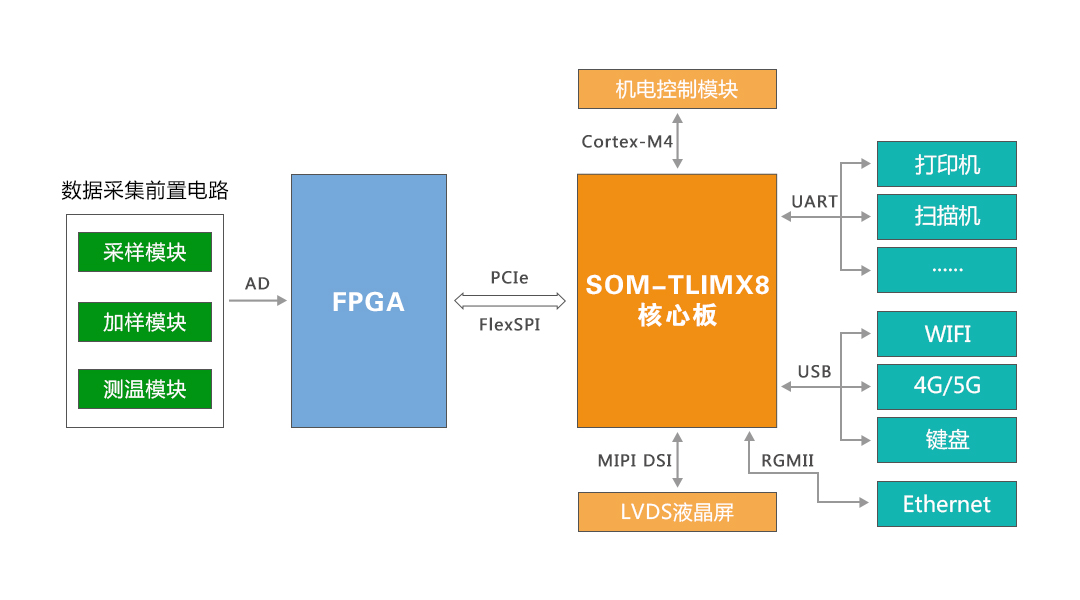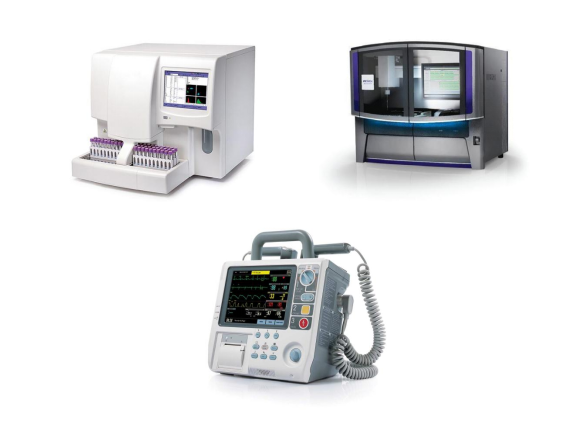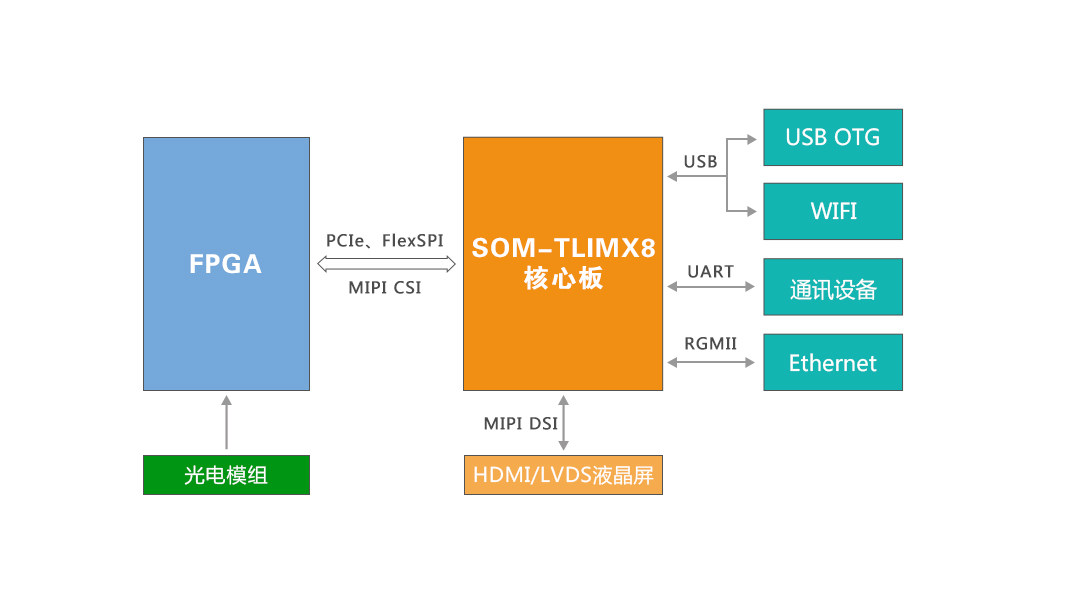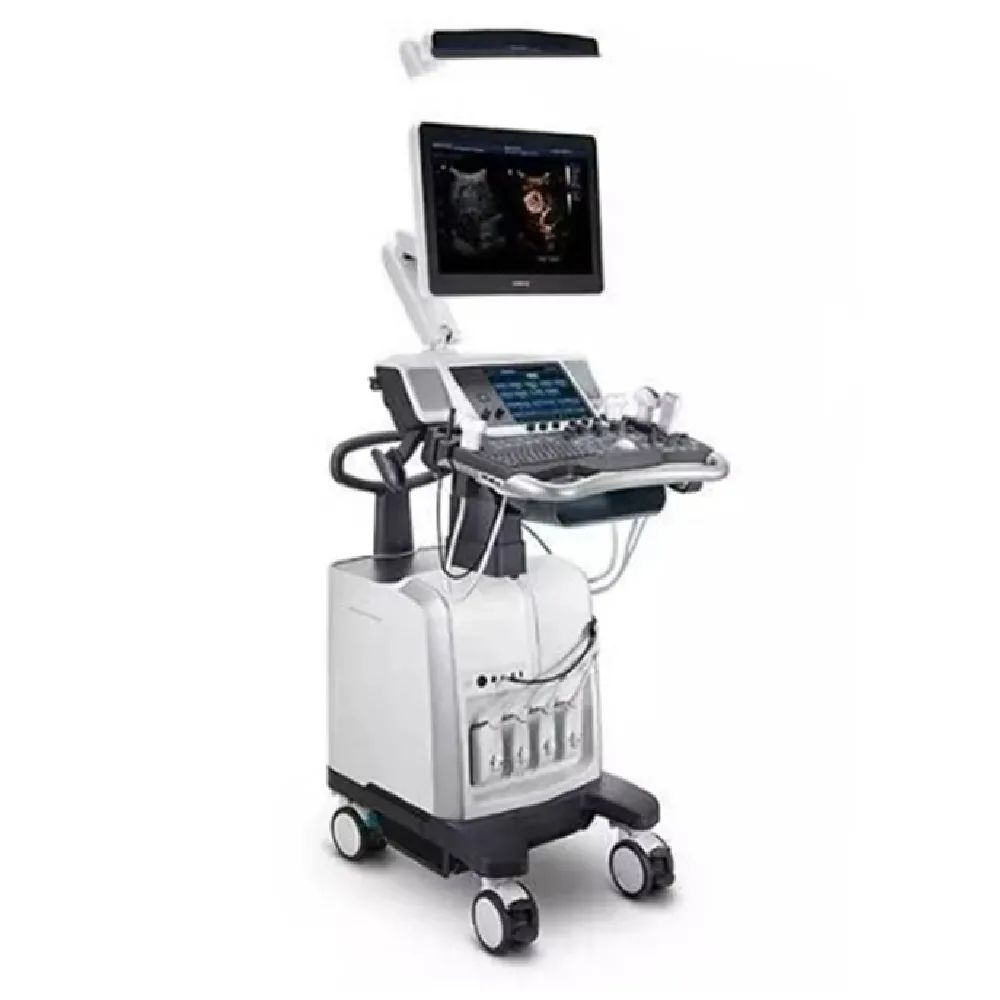It is well known that embedded systems have advantages such as small size, high reliability, strong performance, and low power consumption, gradually dominating the current medical device market, predominantly using ARM processors.
As the requirements for functionality and performance in medical devices continue to rise, the industry’s demands for processors have also increased, evolving from traditional Cortex-A7, Cortex-A8, Cortex-A9, Cortex-A15 to the latest Cortex-A53 and Cortex-A72. Currently, mainstream CPUs on the market include TI’s AM335x, AM437x, AM57x, and NXP’s i.MX 6, i.MX 8.
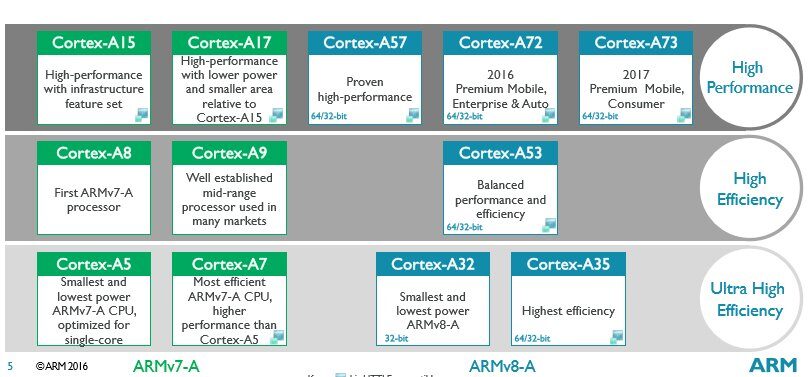
Figure 1
Recently, Tronlong Technology has launched the high-end industrial-grade core board SOM-TLIMX8 based on the i.MX 8M Mini processor, which has been widely used in various modern medical devices such as blood analyzers, gene analyzers, monitors, and medical endoscopes, receiving unanimous praise. What advantages does it have to become a hot-selling product? Next, we will share an application solution regarding Tronlong Technology’s SOM-TLIMX8 industrial-grade core board. Interested users are welcome to consult and place orders!
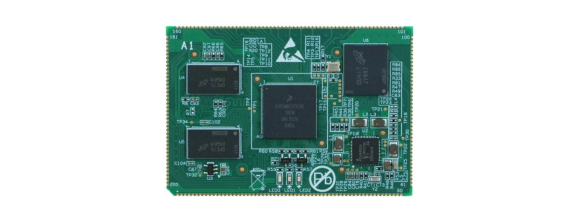
Figure 2 Front of SOM-TLIMX8 Core Board
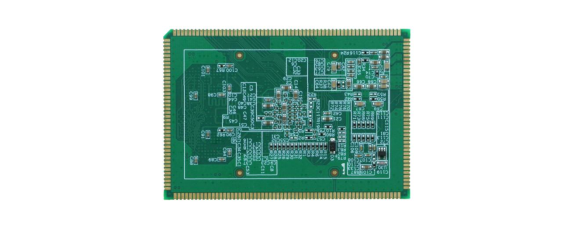
Figure 3 Back of SOM-TLIMX8 Core Board
1 Product Advantages (1) The CPU is a 4-core ARM Cortex-A53, with a main frequency of 1.6GHz, industrial-grade, high performance, low power consumption, meeting performance and power consumption requirements;
(2) Powerful multimedia processing capabilities, supporting H264 hardware encoding/decoding, H265 hardware decoding, MIPI high-definition display, and supporting OpenGL, OpenCV, meeting essential HMI needs;
(3) Rich peripheral expansion capabilities, providing interfaces such as MIPI-CSI, PCIe, FlexSPI through stamp hole connections, meeting high-speed data transmission requirements;
(4) Provides bare-metal/FreeRTOS development cases based on ARM Cortex-M4, addressing real-time control needs;
(5) Provides inter-core OpenAMP communication development cases based on ARM Cortex-A53 and Cortex-M4, reducing the difficulty of multi-core development;
(6) Provides ARM and FPGA communication development cases based on FlexSPI and PCIe, perfectly solving data communication issues between heterogeneous multi-core systems;
(7) When users develop secondary applications using the core board, they only need to focus on upper-layer applications, reducing development difficulty and time costs, allowing for rapid product solution evaluation and technical pre-research.
The following section presents
application solutions based onTronlong Technology’s SOM-TLIMX8 core board
in modern medical devices
↓↓↓
2 Product Solutions 2.1 Blood Analyzer, Gene Analyzer, Monitor
Figure 4 Functional Block Diagram of the Solution
Using FPGA for front-end data acquisition, then transmitting data to the i.MX 8M Mini via PCIe/FlexSPI high-speed interface. According to tests by Tronlong Technology, the communication speed between i.MX 8M Mini and Xilinx Spartan-6 LX16 based on FlexSPI is approximately as follows:
(1) Transfer mode: SDMA rate: 54MB/s
(2) Transfer mode: Cortex-M4 rate: 56MB/s
(3) Transfer mode: Cortex-A53 (Memory Copy) rate: 74MB/s
(4) Transfer mode: Cortex-A53 (NEON Copy) rate: 110MB/s
In addition to the powerful processing core of the 4-core ARM Cortex-A53, the i.MX 8M Mini also provides an ARM Cortex-M4 core, which can be used for data transfer as well as for motor control and key algorithm processing with high real-time requirements.
Figure 5
2.2 Medical Endoscope
Figure 6 Solution Block Diagram
Using FPGA for front-end medical image acquisition, then transmitting data to the i.MX 8M Mini via MIPI CSI (4 Lanes)/PCIe (x1) high-speed interface. MIPI CSI is the ideal interface for medical image transmission, and for smaller data volumes, the PCIe interface of the i.MX 8M Mini can also be chosen.
The i.MX 8M Mini supports high-definition (1980*1080 or higher) MIPI displays and supports both landscape and portrait orientations. Additionally, it has H.264 encoding and decoding capabilities, making image recording, playback, and transmission more convenient.
Figure 7
Key Points!
Tronlong Technology provides stable product supply and sufficient chip inventory,everyone is welcome to consult and place orders!!For detailed information about Tronlong Technology’s product series
you can scan the QR code or click the link
http://site.tronlong.com/pfdownload


Source: Tronlong Technology | Contribution: Leona
Editor: Yishui | Proofreader:Miley | Editor: Mu Linsen
1
Statement

①The copyright of the content published by this public account, as indicated, belongs to the original source and is unrelated to this public account’s stance. If there is any infringement, please contact the editor via WeChat 【826699172】.
②For articles published originally by this public account, any individual, media, or website wishing to reprint must indicate at the beginning of the article that it is reprinted from “China In Vitro Diagnostics Network CAIVD” and credit the author.
③Media cooperation: 【021-52258220】
1
Recommended Reading


